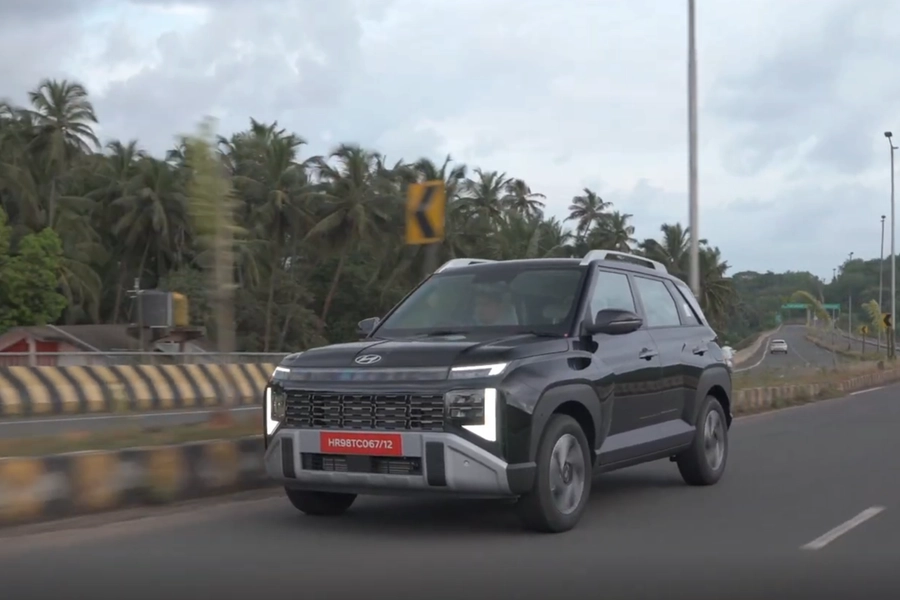India’s car market has always danced to the tune of its tax laws. Few rules have had as much influence as the “sub-4-metre” regulation, the one that rewards cars under four metres with lower taxes, provided they have small enough engines. What began as a clever cost-cutting loophole became a design brief for an entire generation of compact SUVs.

Back in 2019, Hyundai played that game brilliantly with the Venue. It wasn’t India’s first sub-4-metre SUV, but it was the one of the few that nailed the formula with urban size, SUV stance, feature-packed interiors, and the right badge value. Six years later, the second-generation Venue arrives as a whole new product born out of a segment it helped create. The question is, in a market now crowded with newer and updated rivals like the Kia Sonet, Tata Nexon, and Mahindra XUV 3XO, does the 2025 Venue still have the edge? Or has the sub-4-metre idea itself reached its limits? Let’s find out.
2nd Generation Hyundai Venue – Exterior Design
The 2025 Hyundai Venue still measures just under four metres, staying loyal to the tax-friendly proportions that made it famous. But what’s changed is how it uses that space. The stance is wider, the shoulders are stronger, and the bodywork and design elements have a sense of maturity. The previous Venue’s face was busy and upright, this one’s cleaner, flatter, and more assertive.
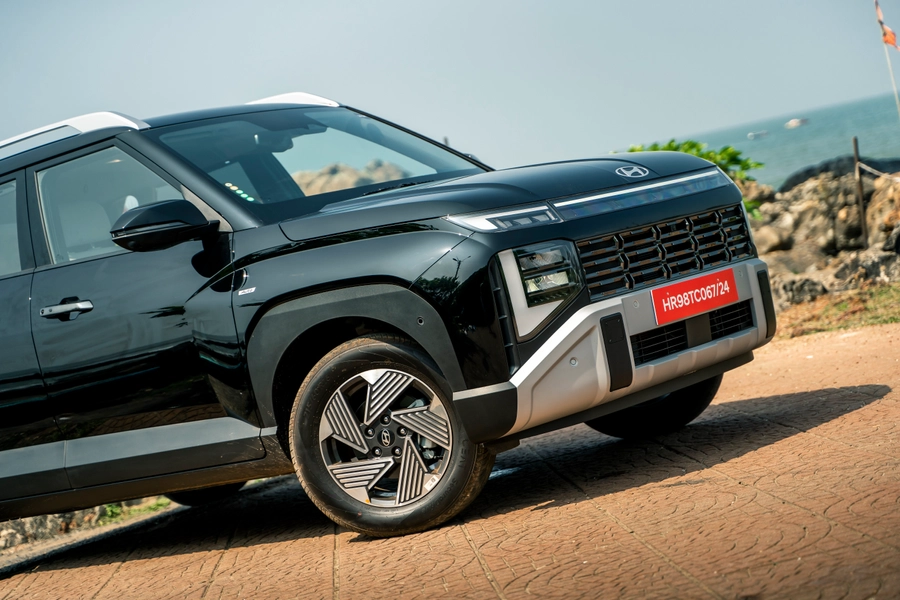
The LED light bar at the front neatly connects the split headlamps, the grille now sits wider with a brushed metal finish, and the overall design feels more grown-up. The stacked LED DRLs draw clear inspiration from Hyundai’s flagship SUV, the Palisade, which makes the Venue feel upscale and in-line with Hyundai’s new global design philosophy. At the rear, the connected tail-lamp strip is neatly integrated. Even parked next to larger SUVs, the Venue no longer looks like the “small one”.

Dimensionally, Hyundai hasn’t broken the 4-metre barrier but has stretched the wheelbase to improve interior space. It now measures slightly larger than before, with an increase of 30 millimetres in width, 48 millimetres in height, and a 20 millimetre stretch in wheelbase. The result is subtle but meaningful, the Venue feels more “SUV” like in a way the first-gen never quite did.
2nd Generation Hyundai Venue – Interior Design and Comfort
Step inside and you realise Hyundai has learnt what Indian buyers truly care about, not just features, but a sense of quality. The materials, switchgear, and dashboard layout are genuinely premium for this class. Soft-touch panels, a brand new D-cut steering wheel, and a new twin 12.3-inch screens add to the interiors. Hyundai has gone with an all-new interior colour theme for the Venue, dark navy and dove grey, which looks and even feels premium.
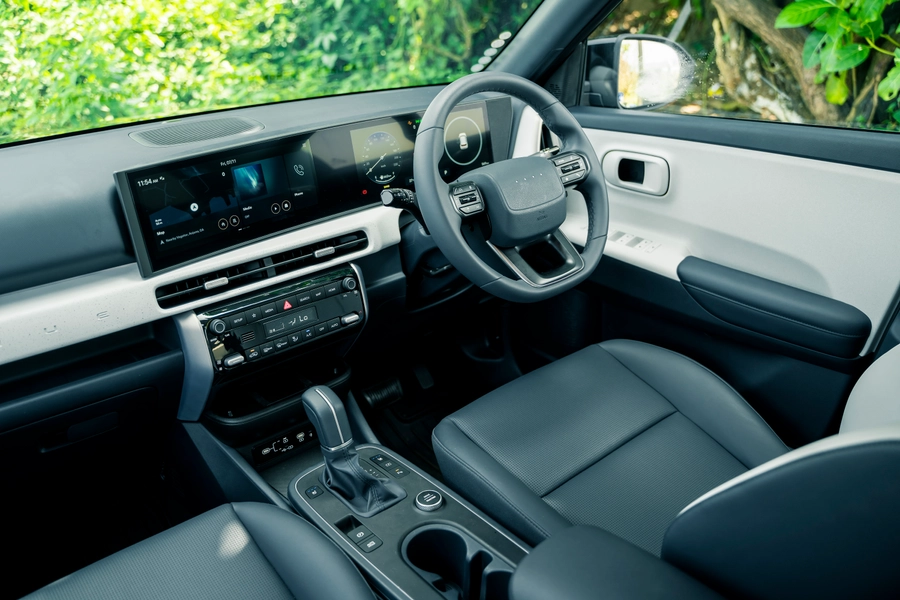
The seats are wider, the cushioning firmer, and visibility all around remains excellent. Rear passengers get more legroom thanks to the stretched wheelbase, and the addition of a recline function for the backrest makes long drives more comfortable. Boot space, now at 375 litres, remains practical enough for long trips.
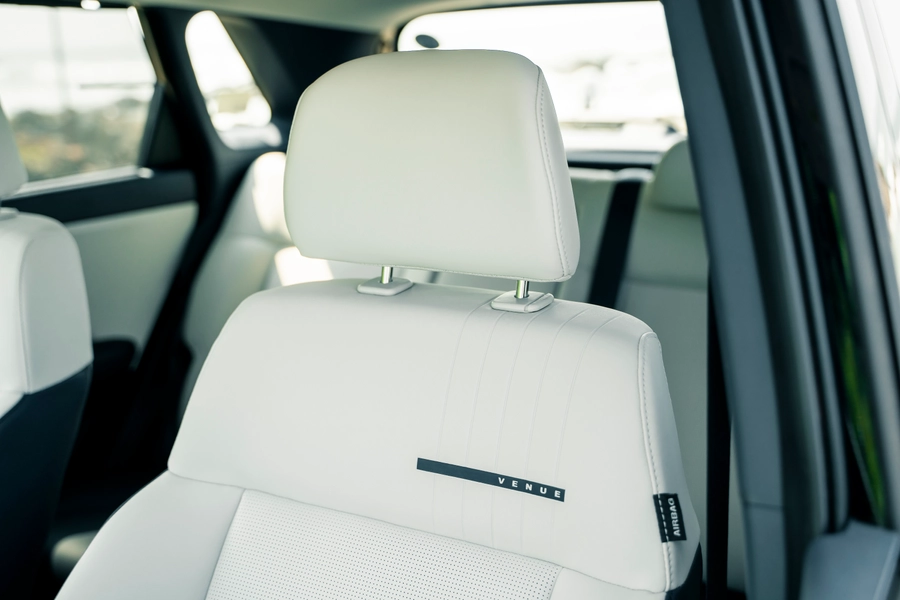
One feature that genuinely stands out for rear passengers is the addition of rear sunblinds. In a country as hot as ours, this isn’t a luxury, it’s common sense. It’s surprising how many cars priced well over 20 or even 30 lakh rupees still skip it, so credit where it’s due. Hyundai has been smart to include it here, especially when even some of the big German names like the BMW 3 Series and 5 Series don’t.
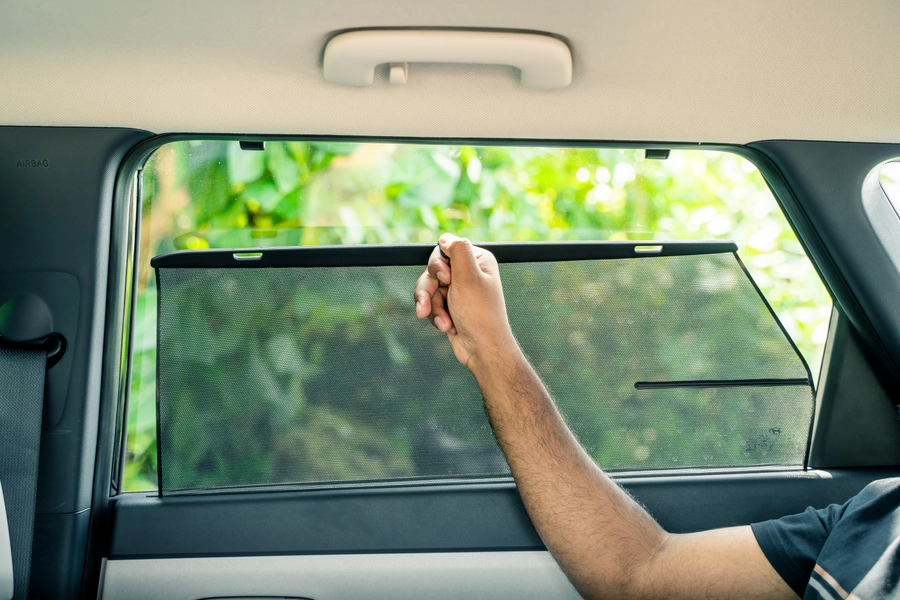
Hyundai knows its audience they may not want a big SUV, but they want their small one to feel just as premium. That said, there’s still a sense of tightness in the rear seat for three adults, a limitation of the width rather than design effort. It’s best thought of as a comfortable four-seater rather than a family five. A notable omission, and quite a disappointing one at that, is the lack of height-adjustable front seatbelts.

2nd Generation Hyundai Venue – Technology and Features
If there is one area where Hyundai consistently sets the benchmark, it is in the features department. The new generation Venue continues that tradition with an impressive array of equipment that spans safety, convenience, and connectivity.
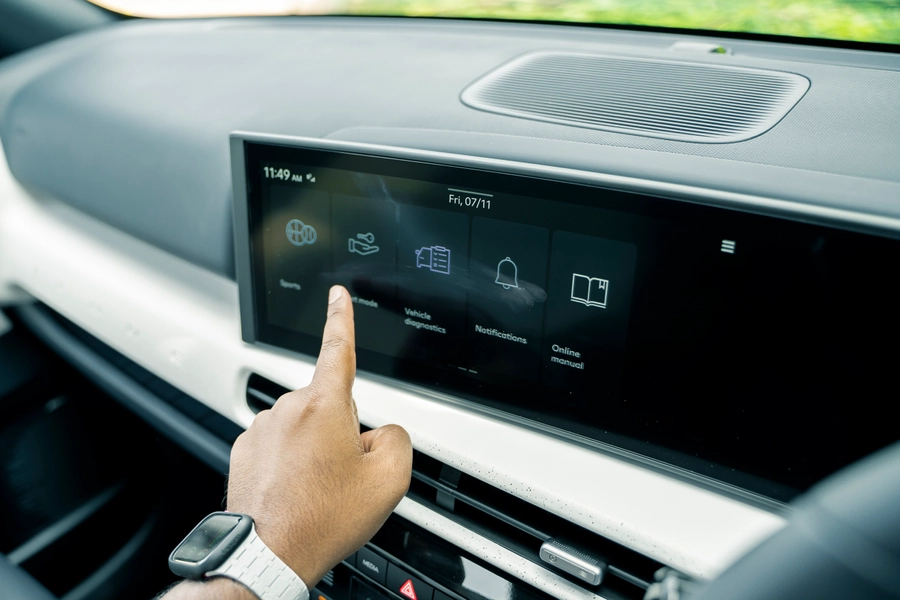
Step inside, and the cabin feels distinctly more premium than before and from segment above. The centrepiece is a pair of 12.3-inch curved displays: one handling infotainment duties and the other serving as a crisp, fully digital instrument cluster. Powering this experience is NVIDIA’s integrated navigation system, paired with Hyundai’s latest BlueLink suite, now offering over seventy connected features and support for over-the-air updates.
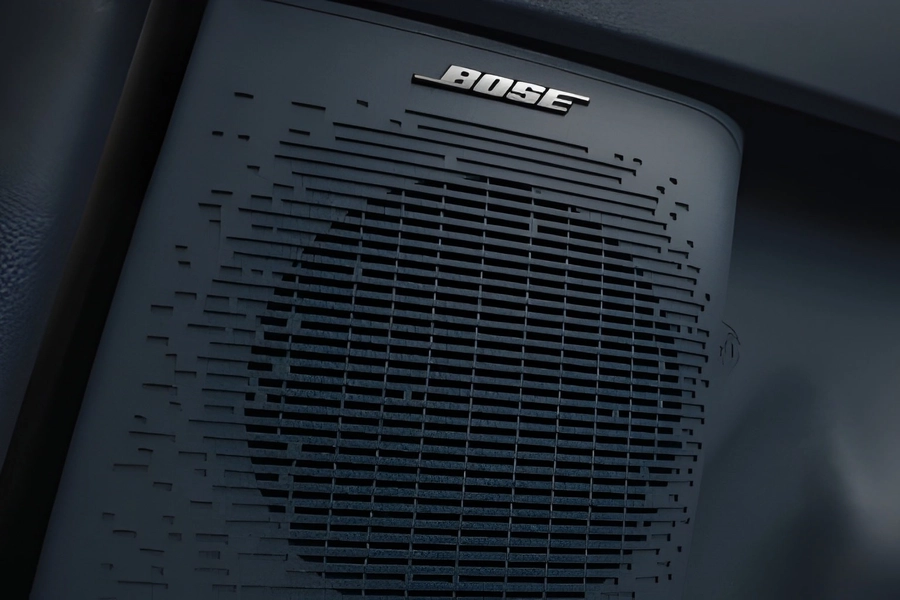
Tech enthusiasts will appreciate the wireless smartphone integration for both Apple CarPlay and Android Auto, a Bose eight-speaker sound system, and thoughtful touches such as a voice-controlled sunroof, regional language voice commands, and an embedded JioSaavn music app. Comfort features include ventilated front seats, automatic climate control, ambient lighting, rear AC vents, and a cooled glovebox.
2nd Generation Hyundai Venue – Safety Suite
Safety has taken a major leap forward in the new Hyundai Venue, marking one of the most comprehensive upgrades in this generation. Built on the new K1 platform, the Venue benefits from improved rigidity and crash protection. The platform has already proven its strength, as seen in the Kia Syros, which is based on the same architecture and secured a five-star rating from Bharat NCAP, scoring 30.21 out of 32 for adult protection and 44.42 out of 49 for child safety.
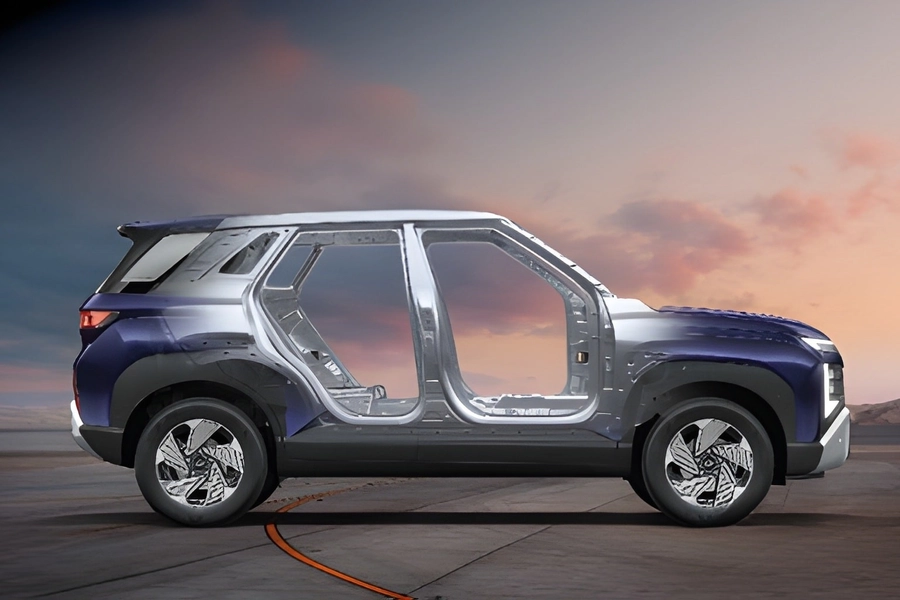
The highlight of the 2025 Venue’s safety package is the debut of Hyundai’s SmartSense Level 2 ADAS suite, replacing the older Level 1 system. It now includes sixteen active driver assistance functions such as Forward Collision Avoidance, Lane Keep and Lane Following Assist, Driver Attention Warning, and Smart Cruise Control with stop-and-go capabilities.
Beyond ADAS, Hyundai has gone all in with passive and active safety measures. Hyundai claims the SUV features over sixty-five safety-related systems, thirty-three of which are standard across variants. Six airbags, ABS with EBD, electronic stability control, hill-start assist, vehicle stability management, and ISOFIX mounts are all included from the base trim onwards.
2nd Generation Hyundai Venue – Engine and Transmission Options
The new Venue continues with the same mechanical lineup as before. Buyers get three engine options:
- 1.2L NA petrol: 83hp, 113Nm, 5-speed MT only
- 1.0L turbo-petrol: 120hp, 172Nm, 6-speed MT or 7-speed DCT
- 1.5L diesel: 116hp, 250Nm, now available with both 6-speed MT and a 6-speed torque-converter automatic for the first time.
For this review, we spent time with the 1.0 turbo-petrol MT and the 1.5 diesel AT.
2nd Generation Hyundai Venue – 1.0-litre turbo petrol MT Drive experience
This engine will be familiar to owners of the previous Venue, Kia Sonet and Syros. It’s a lively three-cylinder unit that feels energetic in daily driving. Power delivery is strong once past ~2,000 rpm, and the mid-range punch makes quick overtakes easy. It remains reasonably refined, with the typical triple-cylinder thrum becoming noticeable only higher up the rev band.
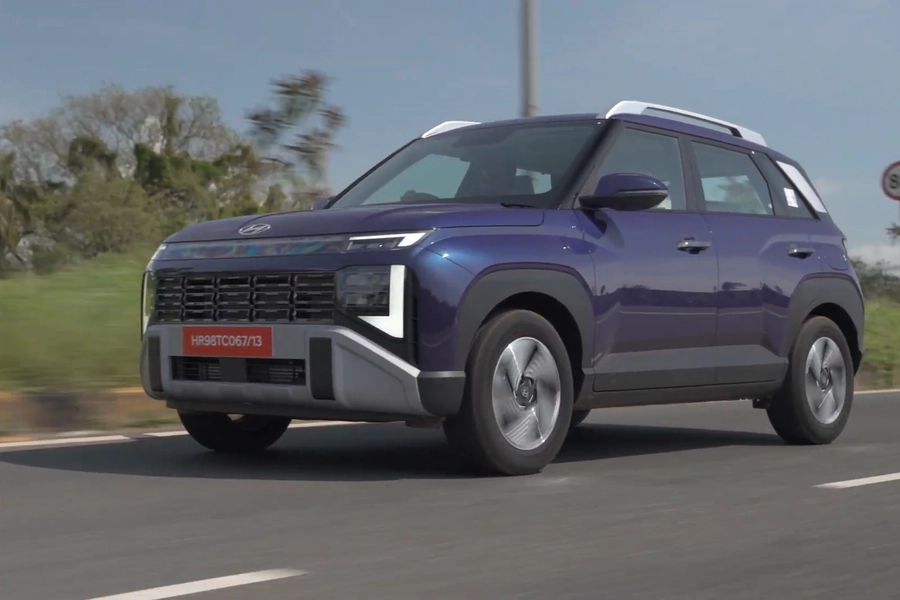
The 6-speed manual gearbox pairs well with the turbo engine. Shifts are light, precise, and ratios are spaced to make good use of the engine’s torque. For those who enjoy a more involved driving experience, this version remains the most engaging option in the range.
2nd Generation Hyundai Venue – 1.5 Diesel (Automatic) Drive Experience
The diesel continues to impress with its refinement and effortless drivability. The big change is the addition of a 6-speed torque-converter automatic, which makes the Venue far more convenient for urban buyers who prefer diesel performance without a clutch pedal.

The engine idles smoothly and noise levels in the cabin stay well controlled. Initial response is clean, and the car moves off without hesitation. The gearbox shifts early and smoothly in traffic, making low-speed driving stress-free. Kickdown reactions are quick enough, and part-throttle downshifts are handled without hesitation, which helps when overtaking or merging.
Out on the highway, the diesel AT feels relaxed and well-suited to long-distance runs. Cruising at 100 km/h sees the engine ticking over at roughly 1,950 rpm, keeping noise low and comfort high. Manual shifts via paddles add flexibility when preparing for overtakes or using engine braking.
2nd Generation Hyundai Venue – Ride, Handling & Steering
The Venue continues with McPherson struts up front and a torsion beam rear setup. Ride comfort in the city is good, with smaller bumps handled cleanly, though sharper potholes do make themselves felt. The rear stays composed and avoids excessive bounce.
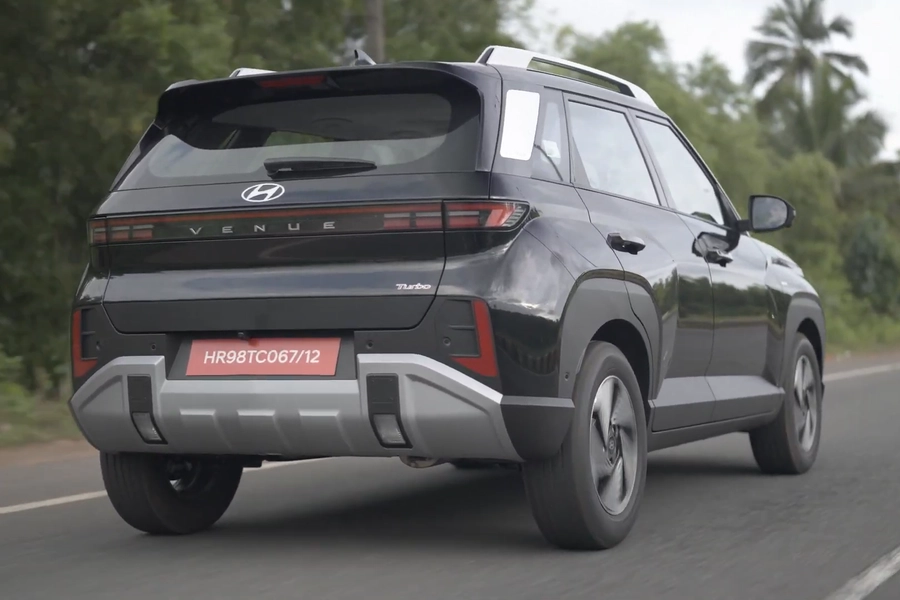
On faster roads, stability is reassuring. The Venue feels planted over undulations and expansion joints, and the suspension tune is neutral rather than sporty. It remains more car-like than SUV-like to drive, which many buyers will appreciate.
The electric power steering is light and easy at low speeds, making tight manoeuvres simple. It adds some weight on the move, staying predictable and confidence-inspiring, if not particularly sporty.
2nd Generation Hyundai Venue – Verdict
The second-gen Hyundai Venue doesn’t reinvent the wheel, but it refines everything that made the original so successful. It looks more mature, drives more confidently, and feels far more premium inside. Hyundai hasn’t chased trends or gimmicks with this update. Instead, it has doubled down on what Indian buyers value most: practicality, comfort, technology, and reliability.

Sure, there are a few misses. The alloy wheel design could have been more exciting, and enthusiasts might still find the steering feel lacking. But in the grand scheme, these are small compromises for what is otherwise a well-rounded, thoroughly modern compact SUV.

